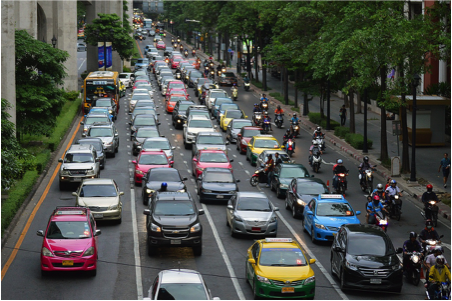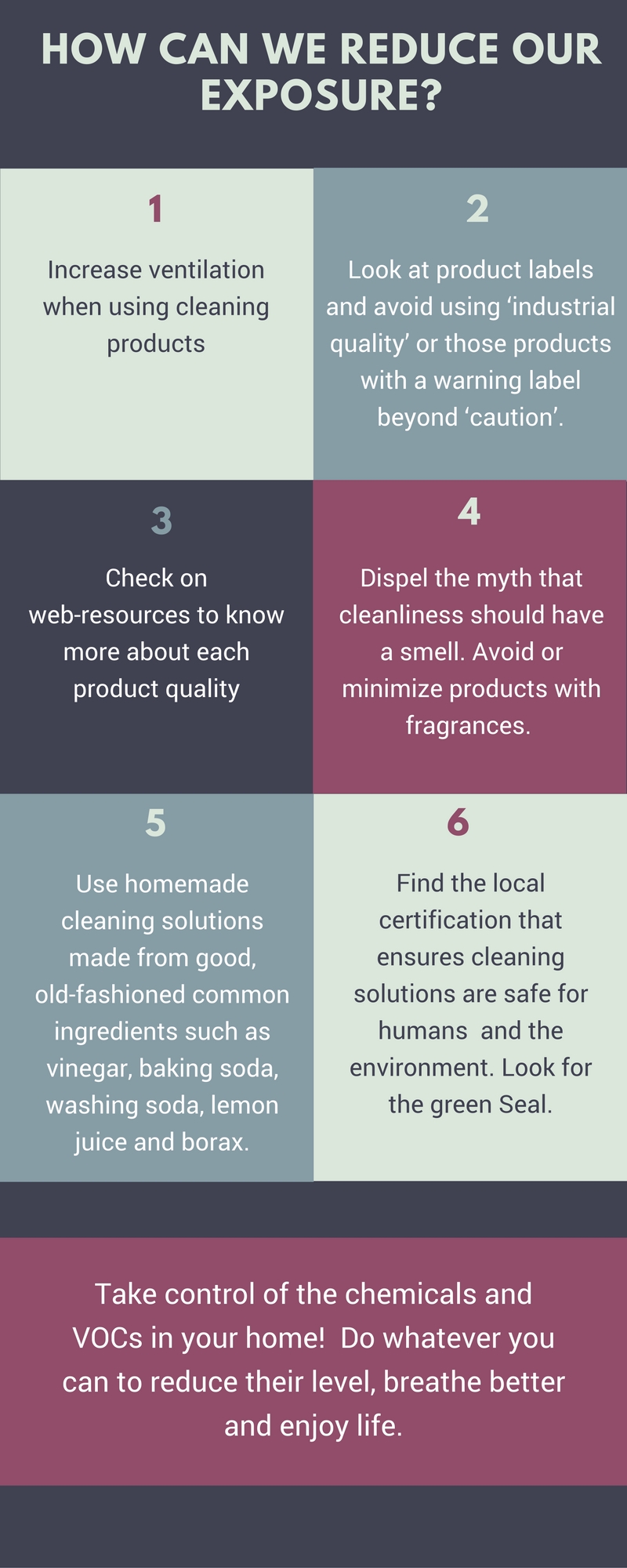The importance of air quality in schools has been much explained even before the pandemic. The schools have a combination of furniture, material for activities like painting and the fact that 20 to 30 kids breathe he same air for extended periods of time. In fact, children spend a third of their day in school, many in a single classroom. Moreover, often schools are in close proximity to highly polluted areas like avenues or cross roads. All these conditions combined with the temperature and humidity stuff the air with harmful particles and serve the proliferation of pathogens. In France, a study conducted in 2019 by the association RESPIRE showed that 100% of schools and kindergartens have PM2.5 measurements above the WHO recommended level and 1 in 4 are located less than 50 meters from a source of pollution.
After the 2020 shut down of schools across the globe for diverse lengths, more care has been put into the air quality in schools to resume in-person education. Social distancing and distance between desks in classes is a key aspect for schools to be allowed to re-open. However, it is now known that ventilation and air filtration is essential.
The CDC recommends to keep doors and windows open (if safe) and even encourages the use of fans to couple this and create air circulation. Ideally, outdoor air in-flow and outdoor air out-flow should be to reduce the concentration of virus particles in the air.
These times call for close monitoring of air quality in schools. For those with Heating, Ventilation and Air conditioning (HVAC) systems, it is essential to service them, to ensure ventilation is happening and to enhance air filtration. However, if HVAC systems are not in place, ventilation with the use of air flow that induces indoor and outdoor air circulation is a must and air filtration will further dilute any possible pathogen. The New York Times commissioned a simulation of air flow in a classroom where masking and table distancing is in place, it is clearly shown how simple measures like opening windows and placing filtration systems in the center of the classroom dilutes the existence of pathogens in the air making the classrooms much safer.
Spaciency-Focus Sur la Qualité de l’Air dans les Creches et les Ecoles Primaires
CDC- Ventilation in Schools and Childcare Programs
The New York Times- Why Opening Windows is a Key to Reopening Schools (subscription required)






















